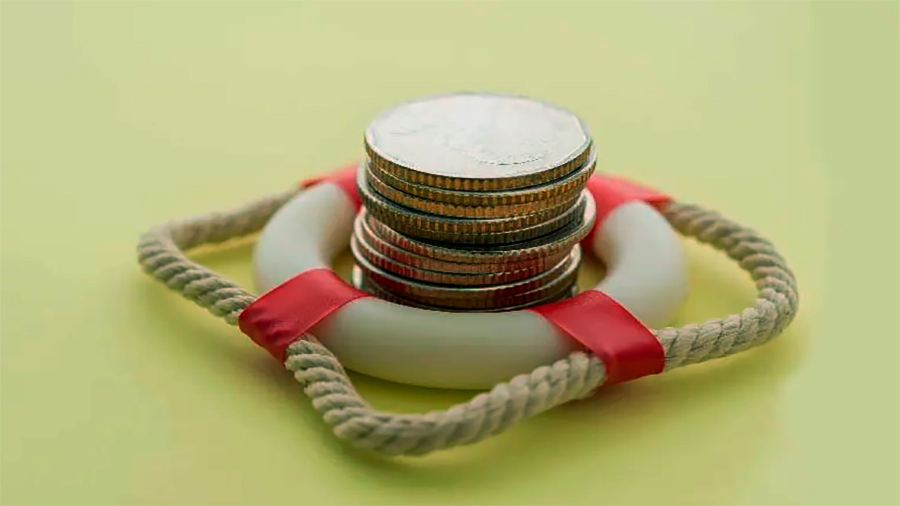Loan Mistakes That Ruined Businesses
Debt can be a lifeline, but it can also be the reason a company collapses. Many businesses take loans with good intentions—expansion, survival, or investment in new opportunities. Yet not all borrowing ends well. Poor planning, unrealistic expectations, and careless decisions often turn loans into traps. History is full of examples where entrepreneurs borrowed too much, chose the wrong type of financing, or failed to prepare for repayment. The result? Stalled growth, drained cash flow, and in many cases, bankruptcy. Understanding these mistakes is the best way to avoid repeating them.
When Borrowing Without A Plan Backfires
One of the most common mistakes is taking out a loan without a clear, detailed plan for how to use the funds. Some owners borrow simply because money is available, treating the loan as a cushion rather than a tool. But without a plan, the money often gets spent on day-to-day expenses instead of projects that generate new income. Repayments then become harder to handle, leading to a downward spiral. Successful borrowing requires tying every dollar of the loan to a specific outcome—new equipment, staff training, or market entry—not vague ideas of “supporting growth.”
The Danger Of Improvisation
Businesses that improvise after taking on debt often discover too late that they cannot meet obligations. Instead of solving problems, the loan magnifies them, adding pressure and limiting flexibility.
How To Avoid
Before borrowing, outline clear goals, expected results, and repayment sources. If the plan doesn’t add up, it’s a signal that borrowing may not be the right move.
The Trap Of Over-Borrowing
Another mistake is taking more money than the business can realistically manage. Owners sometimes overestimate future revenue, assuming expansion will immediately boost cash flow. They borrow large amounts, convinced repayment will be easy once sales rise. But markets rarely move that fast. Delays, competition, or changing demand can leave a company with heavy monthly payments and no income to cover them. The debt then eats into working capital, forcing further borrowing or painful cost cuts.
Case In Point
A small manufacturing firm borrowed to triple production capacity, expecting orders to follow. But demand was slower than predicted. Within months, interest payments drained reserves, and the company had to shut down a line just to stay afloat. Expansion, instead of growth, triggered decline.
Smart Borrowing
Borrow only what is needed for immediate goals. Start with smaller amounts, then expand borrowing as proven results generate stable cash flow.

Using Short-Term Loans For Long-Term Needs
A mismatch between loan type and purpose is another common mistake. Businesses sometimes use short-term loans—like credit lines or payday-style financing—for projects that take years to pay back. The result is a cash flow disaster. Short-term loans carry higher interest rates and faster repayment schedules. Using them for property, machinery, or large projects creates unsustainable pressure. Instead of supporting long-term investments, the loan suffocates the company with repayments that arrive long before profits do.
The Hidden Risk
Fast cash can feel convenient, but it rarely matches the timeline of real business growth. What seems like a quick solution often creates long-term problems.
Better Approach
Match the loan to the project. Use long-term loans for infrastructure and expansion, short-term financing for temporary gaps or seasonal needs.
Ignoring The Real Cost Of Debt
Some entrepreneurs focus only on the loan’s interest rate, forgetting about hidden costs like fees, penalties, or the effect of variable rates. Others underestimate the impact of debt on day-to-day cash flow, assuming repayments will be easy to handle. In reality, even small miscalculations can erode profit margins. Over time, the constant outflow weakens the business, forcing owners to cut corners or delay investments. Misjudging the true cost of debt is one of the most silent but devastating mistakes.
The Illusion Of Low Interest
A loan advertised as “low interest” may still become expensive once fees and penalties are added. Businesses that ignore these details often pay far more than expected.
How To Stay Safe
Always calculate the total cost of borrowing, not just the headline interest rate. Factor in cash flow impact, repayment schedules, and potential penalties for delays.
| Loan Mistake | Why It Happens | Impact On Business | How To Avoid |
|---|---|---|---|
| No Clear Plan | Borrrowing because funds are available, not needed | Funds wasted, repayment strain | Link borrowing to specific, revenue-generating goals |
| Over-Borrowing | Overestimating future sales | Cash flow collapse, possible bankruptcy | Borrow smaller amounts tied to proven demand |
| Wrong Loan Type | Using short-term loans for long-term projects | Unsustainable repayment pressure | Match loan term with project duration |
| Ignoring True Cost | Focusing only on interest rate | Unexpected fees, reduced profit | Calculate full cost including hidden charges |
Borrowing To Cover Losses
Perhaps the most dangerous mistake is using loans to cover ongoing losses. When a business is already struggling, borrowing may seem like the only way to survive. But if the underlying problems remain—declining demand, outdated products, or poor management—debt only delays the inevitable. Each new loan adds weight, making recovery even harder. Eventually, repayments outpace revenue, and the company collapses under the burden.
The Survival Illusion
Owners convince themselves that more money will buy time to fix problems. In reality, it often buys only a few more months of operations at the cost of long-term survival.
The Smarter Alternative
Instead of borrowing to cover losses, businesses must focus on restructuring, reducing costs, or pivoting to new strategies. Loans should be used for building growth, not patching holes.
The Role Of Emotions In Bad Borrowing
Emotions often play a bigger role than logic in loan mistakes. Fear of failure pushes owners to take desperate loans. Overconfidence drives them to borrow more than needed. Excitement makes them rush into agreements without reading terms carefully. These emotional triggers are powerful but dangerous. Rational, fact-based decisions are the only safeguard. Treating loans as a financial tool, not an emotional crutch, separates businesses that thrive from those that sink.
Emotional Traps
Entrepreneurs under stress often accept any loan offered, even at punishing terms. This emotional decision rarely ends well.
Building Discipline
Set rules for borrowing: never sign without a clear plan, full cost calculation, and realistic projections. These guardrails keep emotions from dictating financial choices.
The Conclusion
Loans have the power to fuel growth or cause collapse. The difference lies in how they are used. Borrowing without a plan, overestimating demand, mismatching loan types, ignoring true costs, or covering losses with debt are mistakes that have ruined countless businesses. These errors are not rare—they happen every day to companies that underestimate the risks of credit. By learning from their failures, today’s entrepreneurs can avoid falling into the same traps. Borrowing should be a tool for building stronger, more resilient companies, not a gamble that jeopardizes their future.


